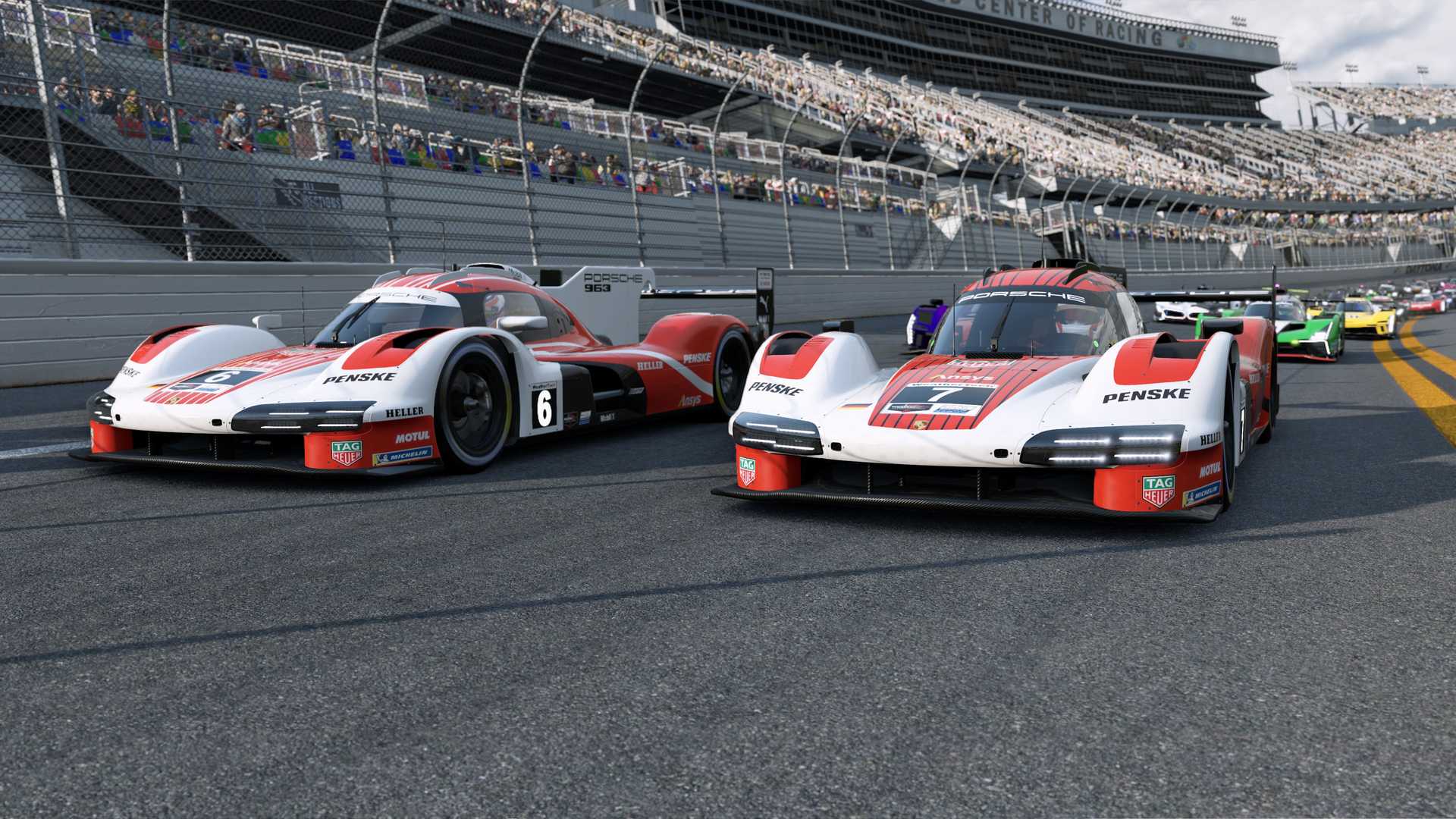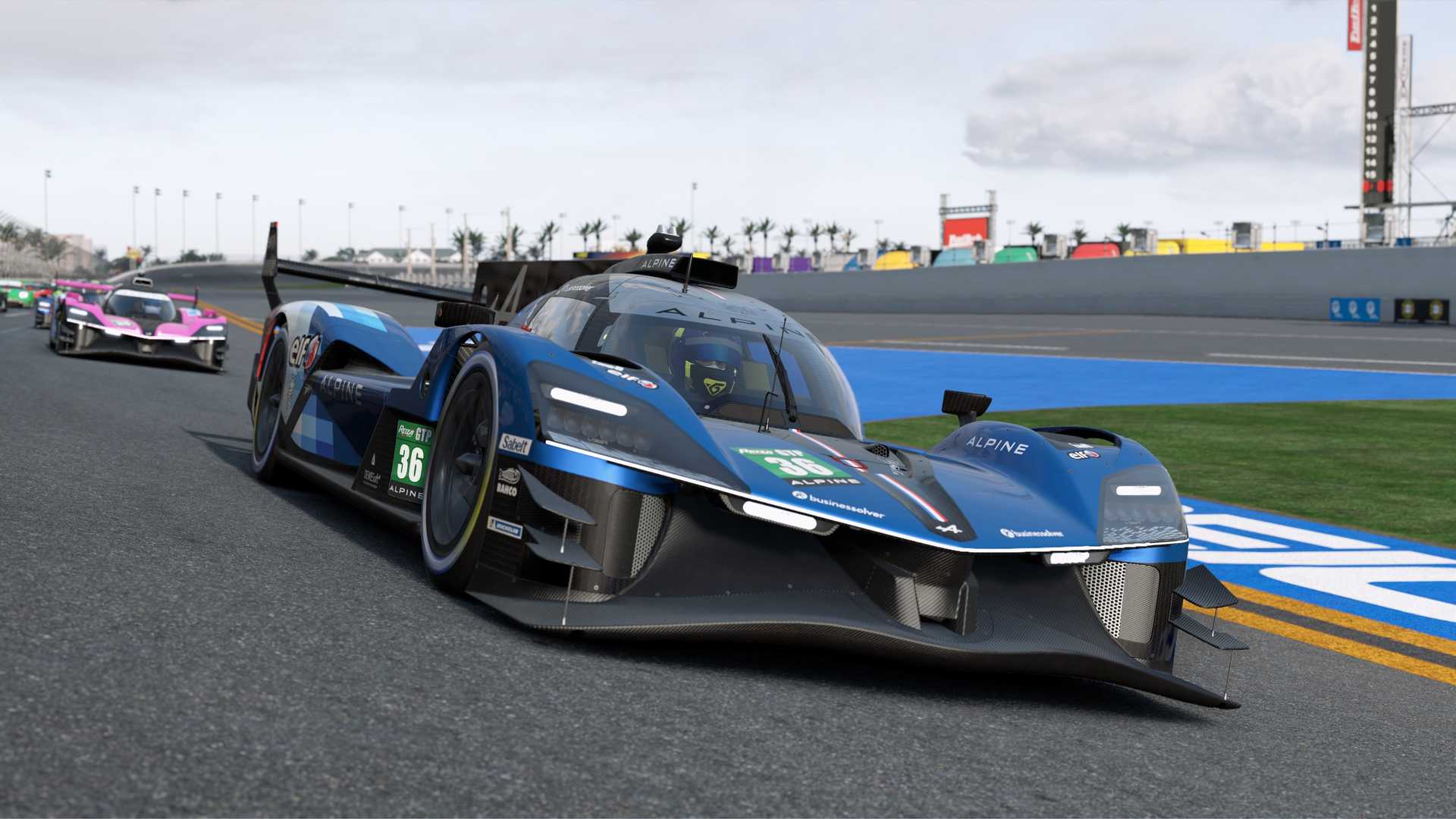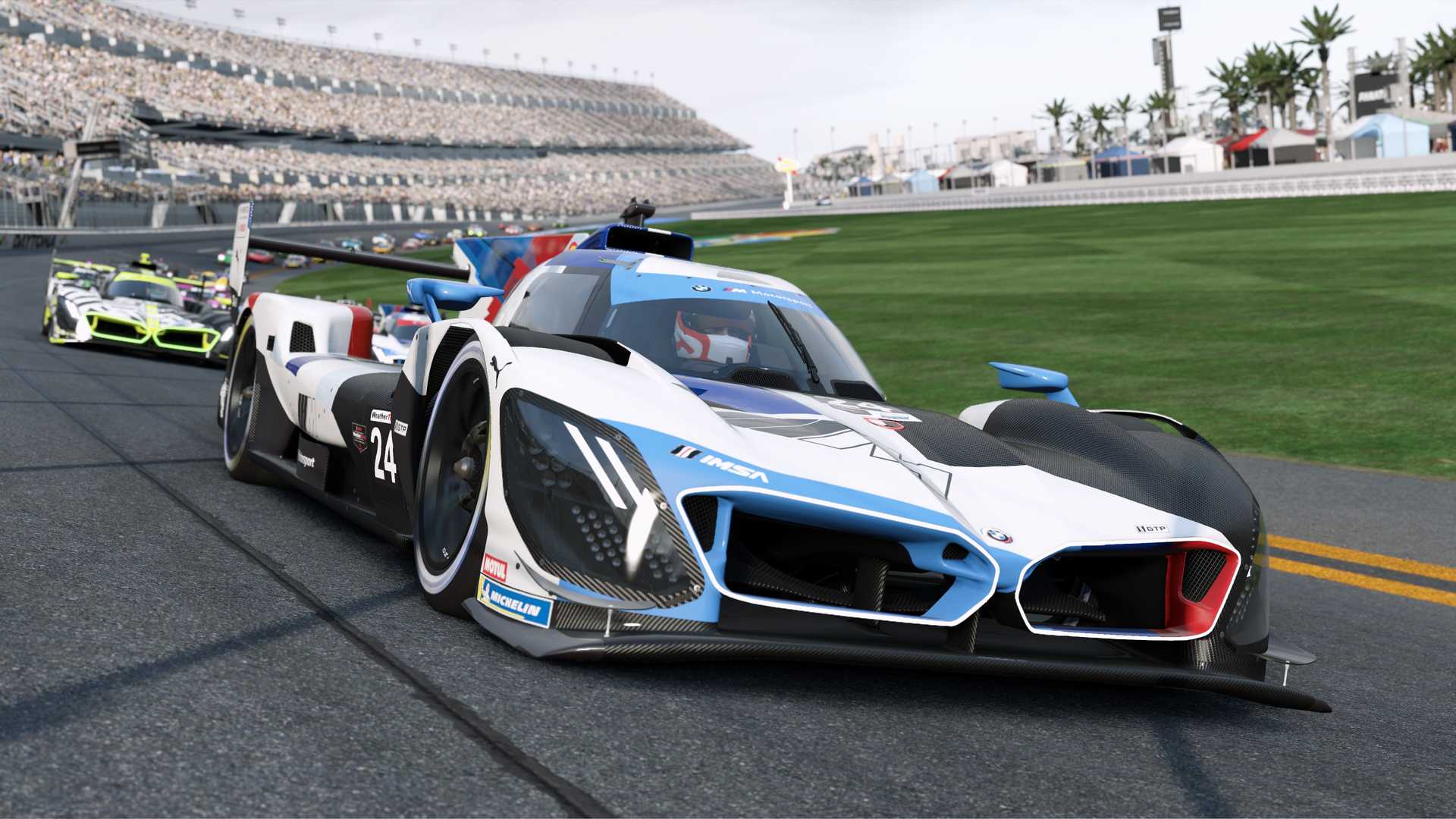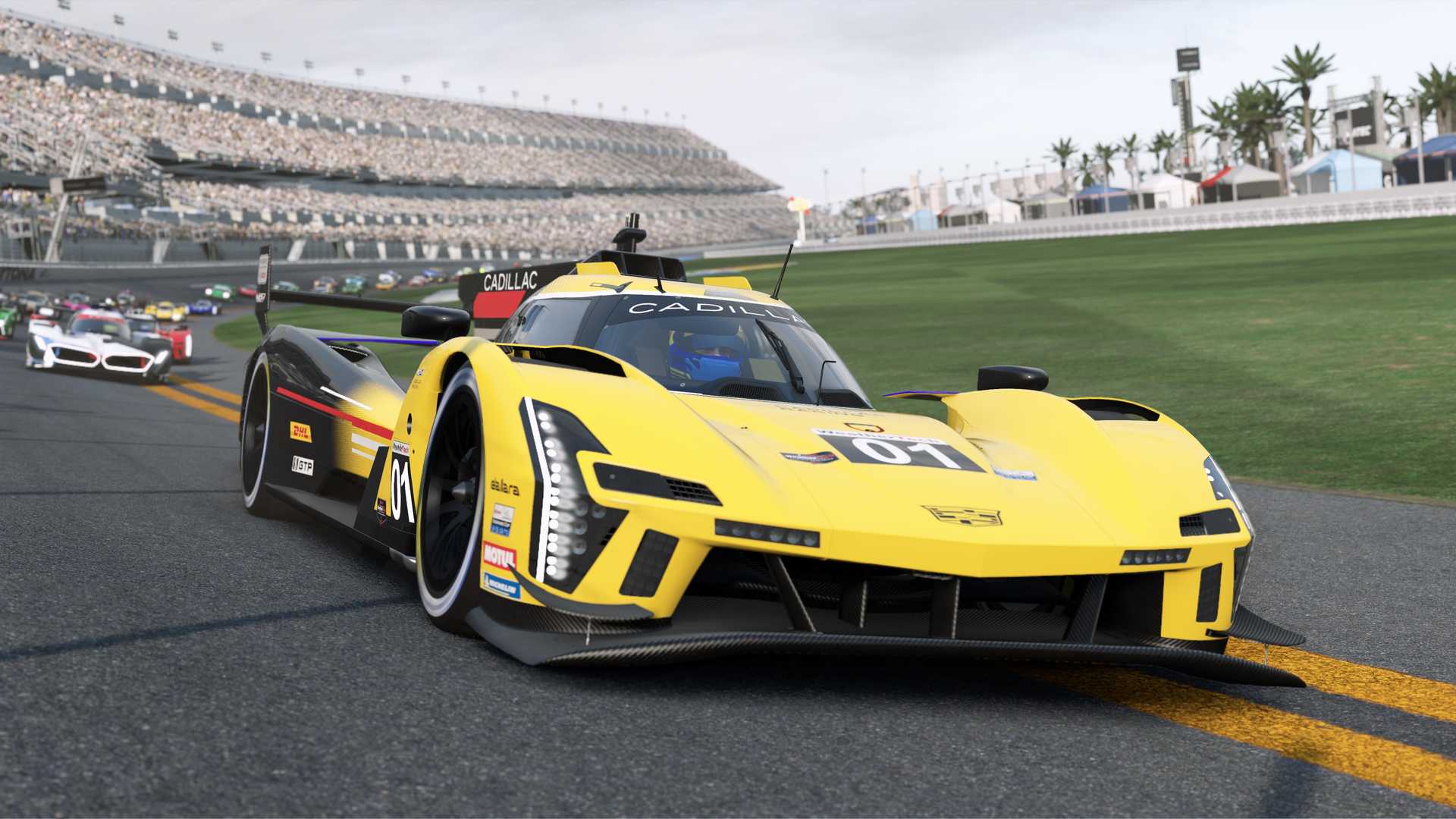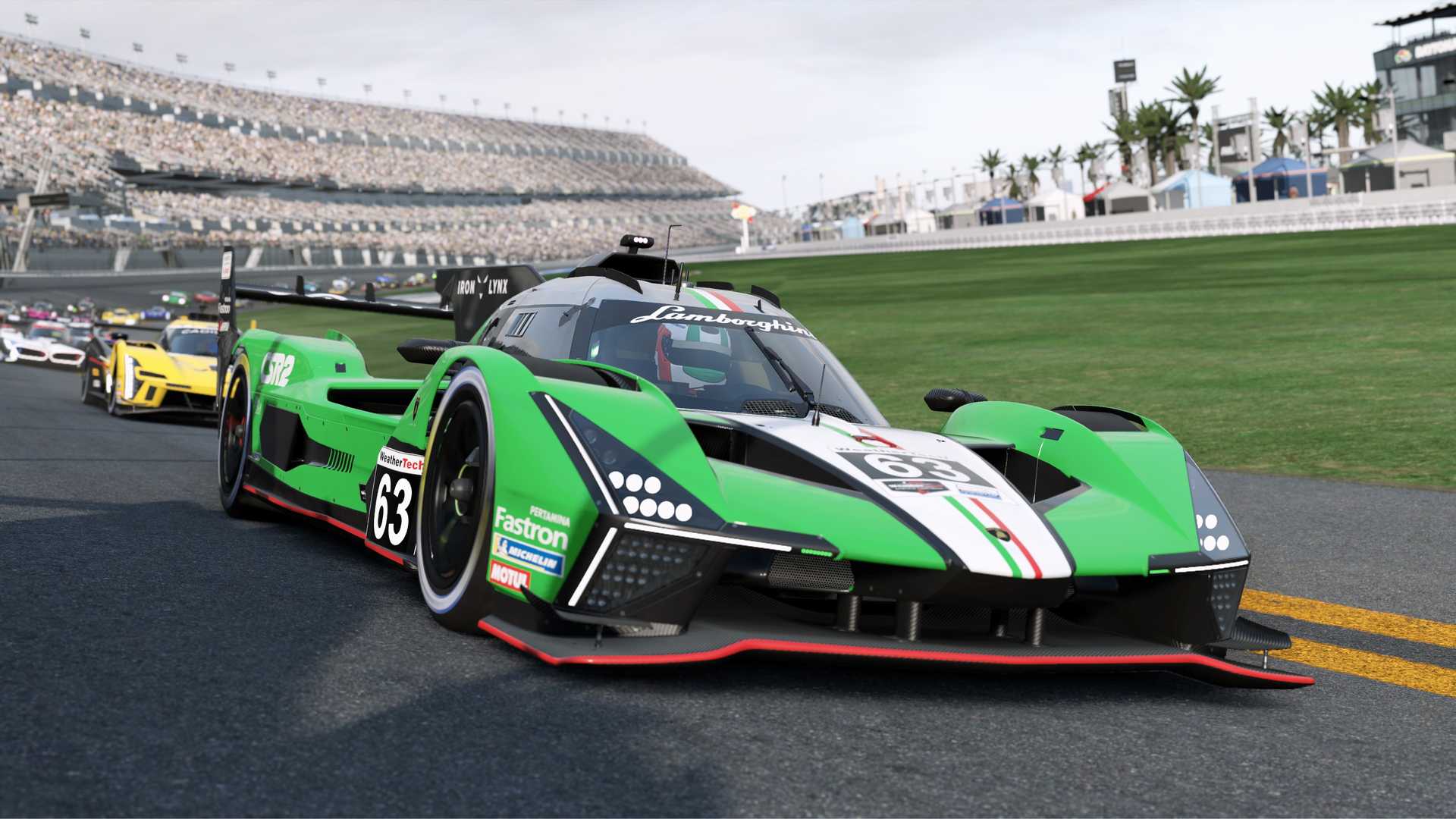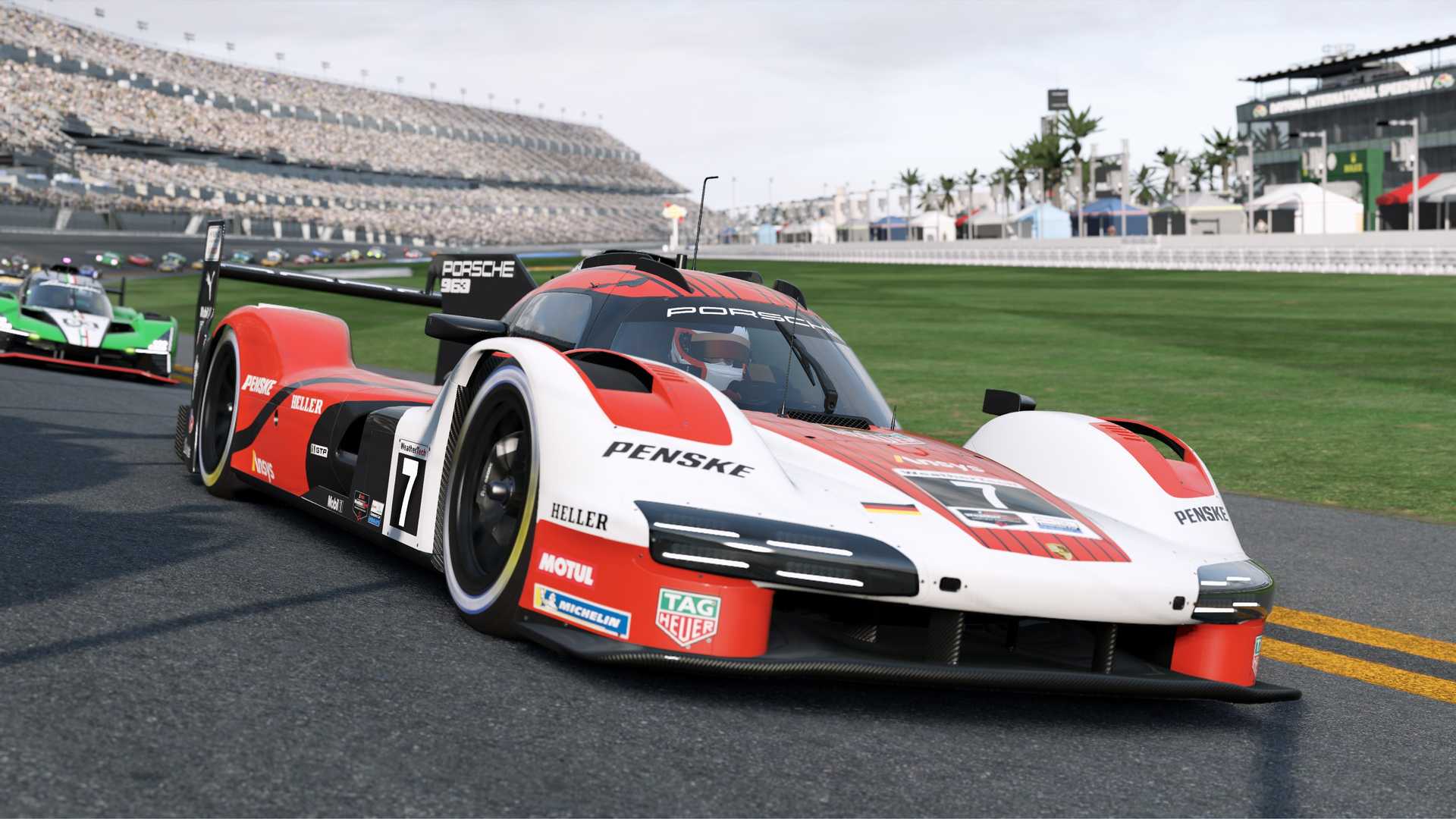GTP is a class in International Motor Sports Association (IMSA) that is also known as LMDh in FIA's Hypercar class. LMDh is short for Le Mans Daytona hybrid which refers to its entry into both World Endurance Championship (WEC) and IMSA. LMDh cars can be seen at both 24h of Le Mans and 24h of Daytona. As opposed to LMh (Le Mans hybrid) which were only meant to enter WEC and Le Mans.
LMDh and LMh share many technical regulations, but LMDh is intended to be much less expensive to buy. Manufacturers choose from a handful of chassis models and bring their own engine. It's then combined with Bosch's 50kW hybrid system. Hypercar regulations have fine control over balance of performance (BoP) and this also means that all cars share the same power curve initially, though they shift each car's power curve slightly per race.
The hybrid system is only meant to increase efficiency and drivability. It doesn't add power, but it does help turbocharged engines to fill torque that's missing while boost pressure builds. So the goal is to keep the hybrid system's battery state of charge well clear of 100% so regenerative braking can keep charging it at maximum rate. If state of charge is too low, the hybrid system is unable to discharge at its designed peak power and the car won't function properly. So it's best kept somewhere above 50%. If there is a technical fault with the internal combustion engine (ICE) or it runs out of fuel, electric power can be used to drive back to the pits.
Hypercars and especially the LMDh Cadillac are famous for their EV only "hybrid launch" where they get going from their pitbox with electric power only while the ICE isn't running. The clutch is then engaged while the car is rolling at good speed and the ICE snaps into life. There isn't a hard rule for when you can engage the ICE so typically it's started once the car has merged into pitlane traffic. This is also a safety concern so Bosch allows full peak electric power (more than the sustained 50kW) on the pitlane temporarily.
